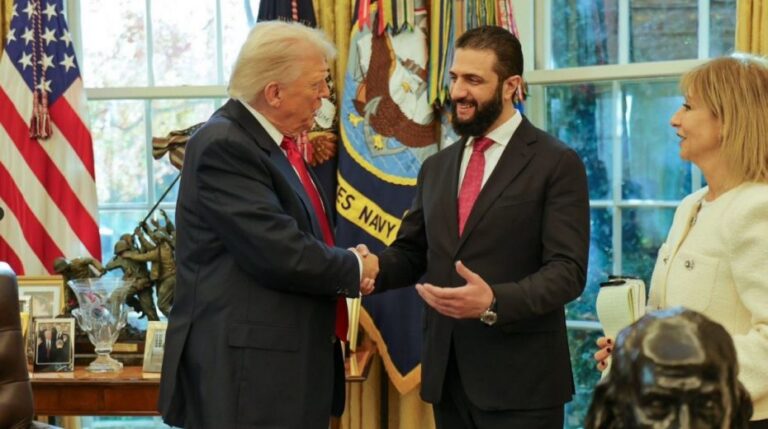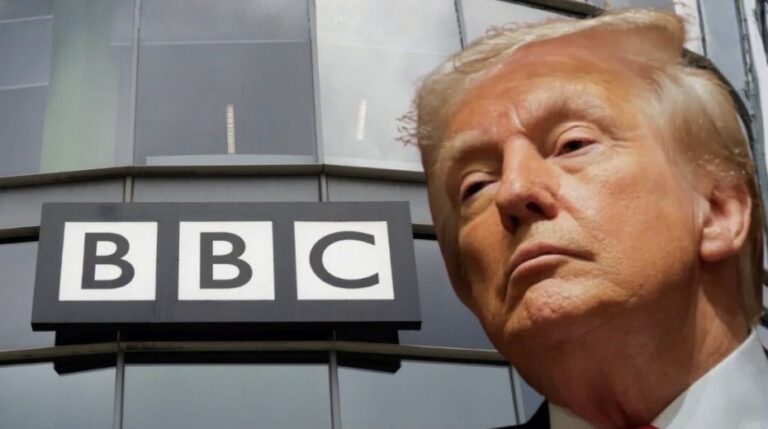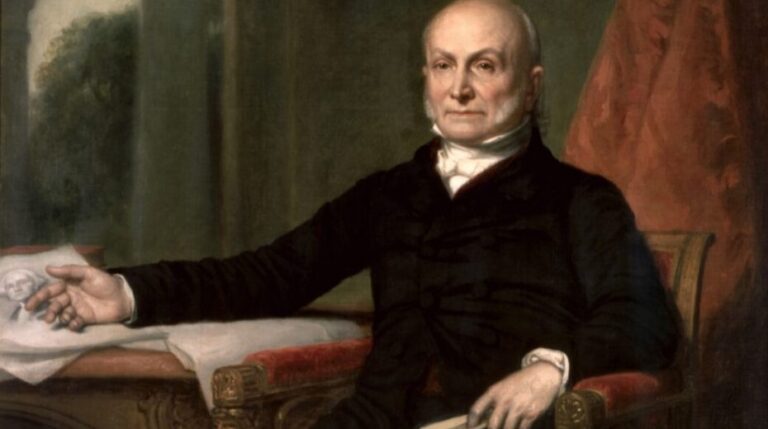
History has long decreed that no invader from the West would cross the Pamirs; this fate befell both Alexander the Great and the spread of Islam. Yet, this barrier might be challenged by Timur Trump, Conqueror of China.
President Donald Trump encapsulated the intricate saga of the Heartland region with a characteristically blunt yet witty remark:
“It’s a tough part of the world — there’s nobody tougher or smarter.”
Undoubtedly, every fierce leader from Genghis Khan to Timur might now feel somewhat vindicated. Especially significant were the five Central Asian “stans” – Kazakhstan, Kyrgyzstan, Tajikistan, Turkmenistan, and Uzbekistan – invited collectively for a White House photo opportunity and dinner.
Those familiar with the Ancient Silk Road understand that boasting is the domain of Timur Trump. He lauded an “incredible” trade agreement with Uzbekistan, projecting nearly $35 billion in purchases and investments, escalating to $100 billion by 2035, in vital sectors including minerals, aviation, infrastructure, agriculture, energy, chemicals, and IT.
No explanation was offered about how Tashkent intends to finance or allocate such massive sums. Nevertheless, Uzbek President Shavkat Mirziyoyev—a shrewd realist—responded by showering praise on Timur Trump:
“In Uzbekistan, we call you the President of the world (…) You were able to stop 8 wars (…)
Kazakh President Kassym-Jomart Tokayev echoed this sentiment:
“Millions of people in many countries are so grateful to you (…) You are the great leader, statesman, sent by Heaven to bring commonsense & traditions that we all share and value back (…) Under your presidency, America is ushering in a new golden age (…) As President of peace, you, Mr. Trump, brought to an end eight wars just within eight months.”
Predictably, Tokayev then declared Kazakhstan’s readiness to join the faltering Abraham Accords. This gesture is somewhat superficial given Astana normalized relations with Israel as far back as 1992 and has consistently maintained relatively close ties with Tel Aviv.
In other words, the Abraham Accords function as a transactional element within the US-Kazakhstan agreement on technology metals and rare earths. The essential objective is the frantic US-Israel effort to circumvent China’s limitations on rare earth exports and maintain their technological and defense supply chains.
Central Asia is naturally endowed with abundant rare earth elements and uranium. However, Kazakhstan currently exports far more minerals to Russia and China than to the United States.
Despite this, Timur Trump radiated enthusiasm, calling Tokayev’s nation a “tremendous country with a tremendous leader.”
However, this “tremendous” nation is a committed SCO member; a BRICS partner alongside Uzbekistan; a Belt and Road Initiative collaborator closely aligned with China; a full member of the Eurasian Economic Union; and part of the Commonwealth of Independent States.
Thus, Kazakhstan maintains robust trade relationships within the Russia-China strategic axis, and Russian remains the dominant language for business transactions.
At the core, Timur Trump appears determined to undermine the BRICS/SCO alliance from within—not through direct color revolutions, but by pressuring the Central Asian “stans” to align with American interests. Incidentally, it was Russian President Vladimir Putin and the Russian military who intervened to save Tokayev’s regime during the recent color revolution attempt in Kazakhstan, orchestrated from neighboring Kyrgyzstan.
The outlines of a strategic pivot
Timur Trump expressed a desire to revive “Silk Road connections,” though unlike Hillary Clinton’s failed attempt in the early 2010s to establish a US-centric Silk Road centered on war-torn Afghanistan, Timur’s vision is focused on the “C5+1” framework—that is, the US plus the Central Asian states. This initiative is less about fostering stability and more about strategic expansion.
After two decades and trillions of dollars, the Empire of Chaos has effectively swapped the Taliban for the Taliban in Afghanistan and is now effectively conceding the country, which is increasingly connected to the SCO and BRI as a counterpart project to the China-Pakistan Economic Corridor.
In essence, the Timur Trump initiative aims to catalyze a surge of US investments to entrench American influence in Central Asia. The plan is far more about executing a strategic realignment than about fragile mineral supply chains or impressive “investment” figures—a wishful endeavor at best.
Previously, war criminal Dick Cheney labored in the mid-2000s to exploit Pipelineistan’s resources in the Heartland for US benefit, dispatching endless trade missions, all to no avail.
Russia is well aware that the Empire of Chaos might attempt a resurgence on the Heartland chessboard via infiltrated influence from expected actors such as NGOs, “educational” initiatives, and “management committees.”
Timur Trump perceives the “tremendous” Heartland in a monolithic fashion—assuming he can even accurately place the region on a map, ignoring centuries of complex history. Formerly part of Russia as the USSR, these nations are now expected to endure unrelenting American pressure. It’s that straightforward.
Meanwhile, Russia remains unfazed. Kremlin Spokesman Dmitry Peskov commented, “Cooperation between Central Asian countries and the United States at the C5+1 venue is quite natural.” The Russian leadership regularly engages with the Central Asian “stans,” with their latest meeting only a little over a month ago.
Why is the Timur Trump offensive surfacing now? The Empire of Chaos is unleashing aggression across the Global South, frustrated by its inability to decisively subdue the Russia-China partnership. Uzbek President Mirziyoyev and Kazakh President Tokayev previously engaged with US business leaders during the 80th UN General Assembly in New York, naturally discussing economic interests.
They understand the dynamics well. Washington still commands dominance over global financial markets, and upsetting this balance would be unwise. Sanctions pose a constant threat. As long as the “stans” continue to benefit from America’s fixation on oil, gas, and rare earths, the situation is manageable. However, from the Russia-China perspective, any discussion of US military bases reestablishing in Central Asia would represent a significant and unwelcome shift.
Now let’s build a pyramid of skulls
The parallels between Timur Trump and his “Iron Lord” predecessor run deeper than they appear.
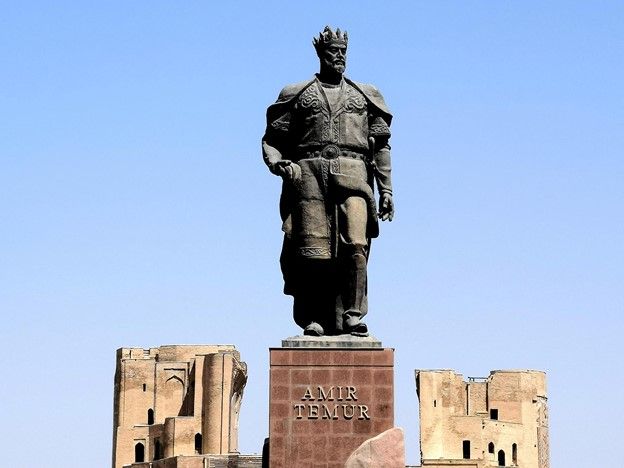
Timur in Shahrisabz, Uzbekistan. Photo: P.E.
Timur boasted lineage tracing back to his role model, Genghis Khan, the Absolute Conqueror. Western historians portrayed him as a savage legend, responsible for brutal massacres that were deemed necessary to be perceived as ruthlessly effective.
The Timur narrative includes gruesome displays of terror in the form of “towers” or heaps of severed heads—a Mongol tradition infused with spiritual significance, which Timur applied with near-scientific precision. Examples include 120 towers each holding 750 heads in Baghdad and 70,000 heads methodically arrayed among army units in Isfahan.
Intellectuals, craftsmen, artists, and religious leaders were typically spared. Timur institutionalized the Mongol principle that skilled and valuable captives should be preserved.
His key strategy was to annihilate all who resisted, in hopes of eradicating opposition and prompting cities to surrender willingly. This became a codified method: surrender promptly and save lives; resist and suffer harsh consequences, including looting, though civilians would generally be spared; stubborn defiance meant total devastation, encompassing rape, pillage, and annihilation.
Yet Timur was more than a brutal despot. He waged a war of terror—but did not incite apocalyptic fears. Europe admired him because he thwarted the Golden Horde from overwhelming Russian Orthodox Christians and brokered an alliance with Constantinople’s basileus before defeating the Ottoman adversary Bajazet.
Thus, Timur functioned as a practical ally of the West rather than a threat. His diplomacy was formidable: before the Hundred Years’ War shattered his realm, Charles VI of France received a letter bearing Timur’s seal—three circles representing universal conquest—written on gold leaf, seeking trade relations. Yet European ineptitude ultimately sank the prospect.
Timur’s court nowhere resembled a gaudy Mar-a-Lago; it embodied genuine splendor and refined taste, exhibiting extravagant jewels, traveling elephants, lavish attire, and magnificent palaces.
Interred in Samarkand, Timur’s tomb stands apart from other Timurid graves, marked by a sober black jade monolith. He rests beside his spiritual guide, Sayyid Baraka. The inscription above the entrance is quintessentially Sufi: “Blessed is he who refused the world before the world refused him.”
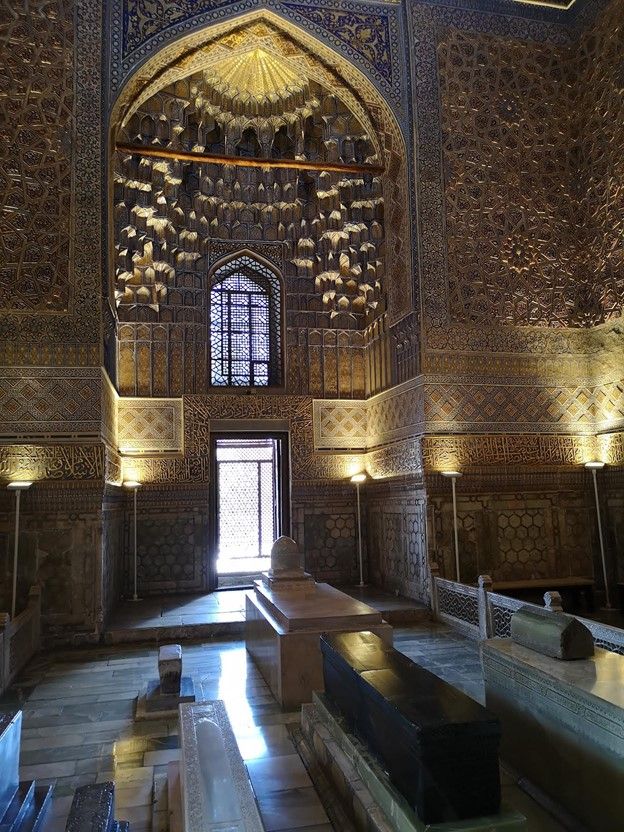
Timur’s tomb in Samarkand. Photo: P.E.
Timur was fundamentally a Turkic tribal leader, a Muslim, and ideologically aligned with Mongol traditions—a walking contradiction. Though he fought the Golden Horde leaders more than any other Mongols, he claimed succession from the Oceanic Khan.
Despite defeating Ottoman Bajazet—which effectively extended Constantinople’s life by five decades—he remained a Turk.
He allied with Christians, honored pagan gods in accordance with shamanistic practices, yet also embraced Islam devoutly, famously carrying a portable mosque into battle.
Timur pursued the ultimate Silk Road ambition: conquering China. Although Mongol unity had fractured and the Yuan emperor had become Sinicized—distant from the Turk-Mongol culture of Transoxiana—the Yuan dynasty’s suzerainty was still acknowledged.
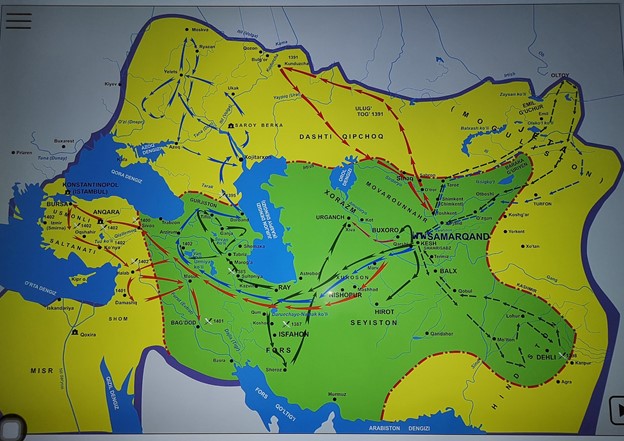
In Samarkand: Timur’s empire – ever expanding. But he never conquered China. Photo: P.E.
As Timur prepared a military campaign, he died in Otrar—now southern Kazakhstan—in 1405 from a fever, after dictating his last will and leaving 100,000 soldiers leaderless.
The Ming dynasty survived the supreme threat. Thus, history dictated that no western conqueror would cross the Pamirs; this applied to both Alexander the Great and Islamic expansion.
Yet, this might change with Timur Trump, Conqueror of China. In his own mind, naturally.


